The Minoan Protopalatial Settlement at Monastiraki and the Valley of Amari
The archaeological site of Monastiraki, situated in the Amari Valley in Crete, offers a captivating glimpse into the Minoan civilization’s Protopalatial period. The site’s importance extends beyond its impressive architectural remains; it also provides valuable insights into the region’s environment, economy, and cultural practices during this era. The valley itself, with its fertile lands and strategic location connecting the northern and southern coasts of Crete, played a pivotal role in shaping the development and prosperity of Monastiraki.
The Valley of Amari: A Natural and Cultural Corridor
The Amari Valley, traversed by the Platys Potamos River, has served as a vital corridor between Crete’s northern and southern coasts for millennia. Its fertile soils, nourished by the river, have supported agriculture since the Bronze Age, with crops like olives, grapes, cereals, and pulses remaining staples to this day. The valley’s strategic location and abundant resources undoubtedly contributed to the establishment of the Minoan palatial center at Monastiraki, which commanded a strategic position overlooking the valley and controlling access to the south. The valley’s significance as a natural passage is further underscored by evidence of occupation dating back to the Neolithic period, with a notable increase in settlement activity during the early second millennium BC, coinciding with the rise of major palatial centers like Knossos, Mallia, and Phaistos. The valley continued to play a crucial role in connecting the northern and southern parts of the island in later periods, as evidenced by the remains of classical centers like Sybrita and Ellenika, and the subsequent development of early Christian basilicas. The valley also witnessed a flourishing of artistic activity during the transition from the second Byzantine period to the Venetian-Cretan period, resulting in a network of churches adorned with significant religious art and showcasing distinct schools of painting.
Monastiraki: A Protopalatial Power Center
The Minoan settlement at Monastiraki, though partially excavated, has revealed impressive architectural features, extensive storage areas, workshops, and a wealth of artifacts, including pottery, stone vases, seals, and tools. These findings point to a thriving center of economic, administrative, and possibly religious activity during the Protopalatial period. The absence of residential structures within the excavated areas suggests that Monastiraki may have primarily served as a palatial and administrative complex, with the surrounding areas potentially housing the settlement’s population.
The site’s strategic location, overlooking the valley and controlling a key route to the south, underscores its importance in the region’s political and economic landscape. The presence of numerous sealings, some bearing connections to the palace at Phaistos, suggests that Monastiraki was deeply integrated into the broader Minoan network of power and trade. The site’s estimated size of over 300,000 square meters further emphasizes its significance as a major center during the Protopalatial period.
Excavations and Discoveries
Archaeological investigations at Monastiraki have focused on three main areas: the southern, eastern, and western sectors of the hill. Each area has yielded unique insights into the site’s functions and activities.
-
The Southern Sector: This area features the “first sealings archive,” housed within a building likely used for administrative purposes. The discovery of a clay shrine model and painted plaster fragments hints at the site’s rich artistic and religious traditions. The presence of roads and the building’s destruction prior to the final phase of Monastiraki suggest a dynamic and evolving settlement.
-
The Eastern Sector: This sector boasts a vast building complex with numerous rooms, serving as storerooms, workshops, living quarters, and administrative offices. Evidence of ritual activities, an open-air oven, and wine resination practices shed light on daily life and cultic practices. The discovery of a second archive further emphasizes the site’s administrative significance. The presence of loom weights suggests activities related to textile production.
-
The Western Sector: This area features a monumental building constructed with cyclopean masonry, suggesting its importance. The presence of a Minoan Hall with a central column and stone door piers points to architectural sophistication and possible connections to later Neopalatial architectural styles. The discovery of a potential third archive highlights the site’s role as a center of record-keeping and administration. The extensive terracing and presence of earlier rooms indicate a complex history of construction and occupation in this area.
Monastiraki and its Surroundings
The relationship between Monastiraki and other Minoan sites, particularly Phaistos, remains an area of active research. The presence of sealings linking Monastiraki to Phaistos suggests close ties, possibly indicating a vassal relationship or a shared administrative network. The site’s strategic location within the Amari Valley also raises questions about its role in controlling and facilitating trade and communication between the northern and southern coasts of Crete. The valley’s rich historical and archaeological landscape, with evidence of occupation spanning from the Neolithic to the Venetian-Cretan period, provides a broader context for understanding Monastiraki’s place within the complex tapestry of Cretan history.
The Valley’s Enduring Legacy
The Amari Valley, with its rich archaeological heritage and natural beauty, continues to captivate visitors and researchers alike. The Minoan palatial center at Monastiraki stands as a testament to the ingenuity and sophistication of this ancient civilization. Ongoing excavations and research promise to further illuminate the site’s history, its relationship to other Minoan centers, and its role in shaping the cultural and economic landscape of Crete during the Protopalatial period. The valley’s well-preserved ecosystem and traditional settlement patterns, despite the scars of past conflicts, offer a unique opportunity to explore the interplay between human activity and the natural environment over millennia.
Archaeological Site: Key Points
- Construction Period: Middle Minoan period (c. 2100-1700 BC)
- Location: On a hill overlooking the Amari Valley, near Monastiraki village, southeast of Rethymno, Crete
- Dimensions: Estimated to cover over 300,000 square meters
- Historical Significance: An important Protopalatial center with evidence of administrative functions, storage, workshops, ritual activities, and possible connections to Phaistos. Its strategic location in the Amari Valley highlights its role in regional trade and communication.
- Current Status: Partially excavated, with three main areas investigated; photography is prohibited
References
- Minoan Crete
- CEM (Centro Interistituzionale Euromediterraneo per i Beni Culturali), coordinated by M. Marazzi and S. Omarini, with contributions from F. Cammarota, A. Carannante, L. Catalano, S. Chilardi, M.T. Como, S. Di Tonto, A. Ferraro, S. Festuccia, G. Pecoraro, L. Pontieri, P. Rescio, A. Rizio, F. Solinas, S. Tilia, G. Trojsi, and A. Varriale. 2008. A Minoan Palace on the Slopes of Mount Ida: A preliminary study for the creation of an archaeological park in the Valley of Amari – Crete. Naples: CEM.













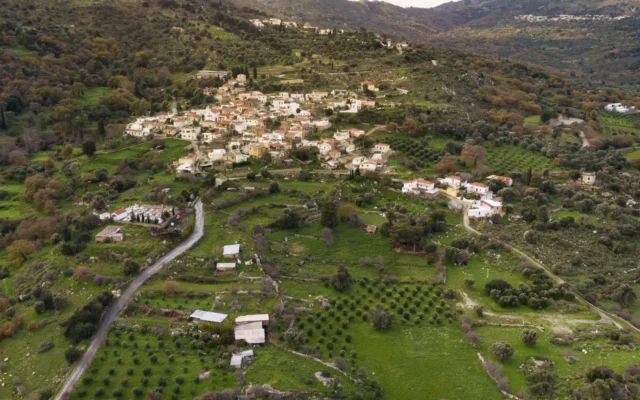
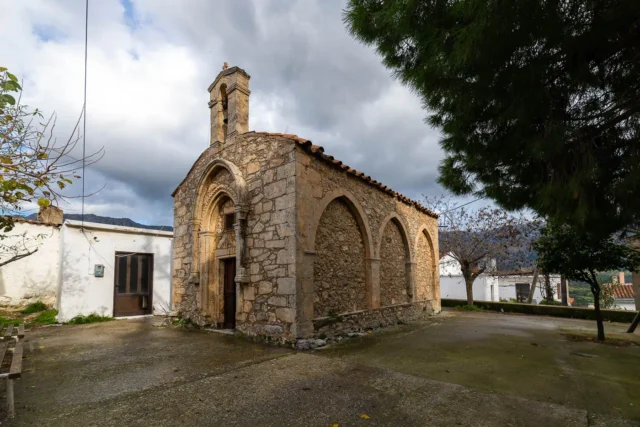

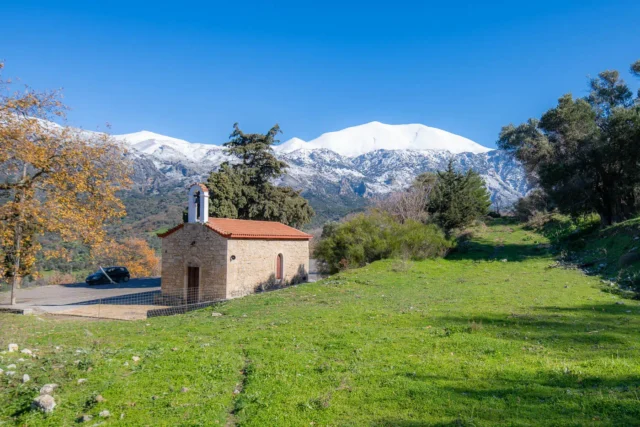
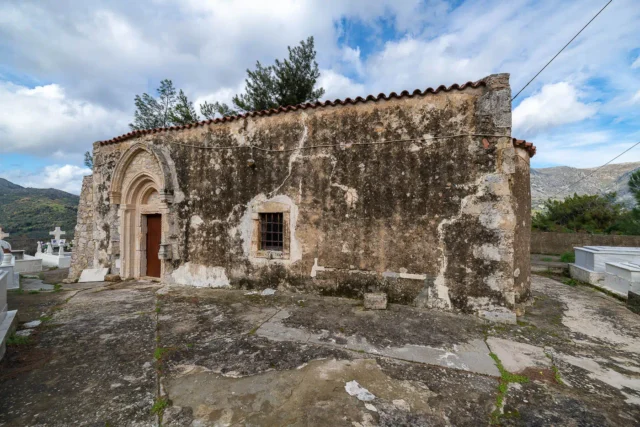
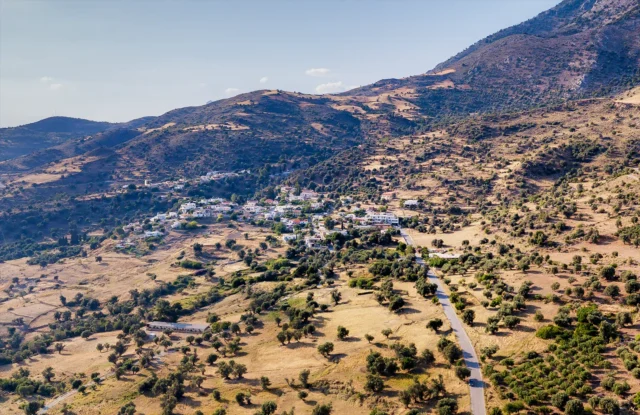
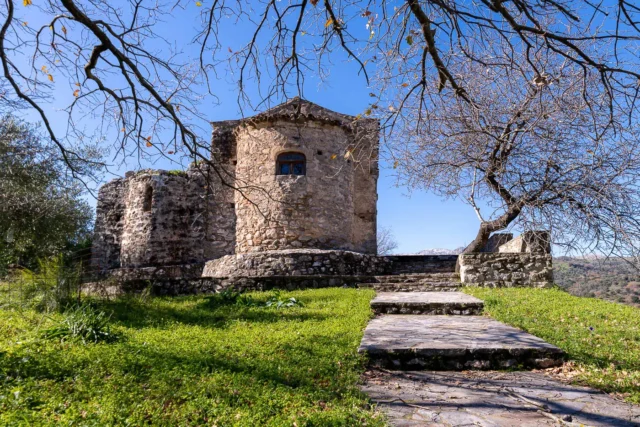

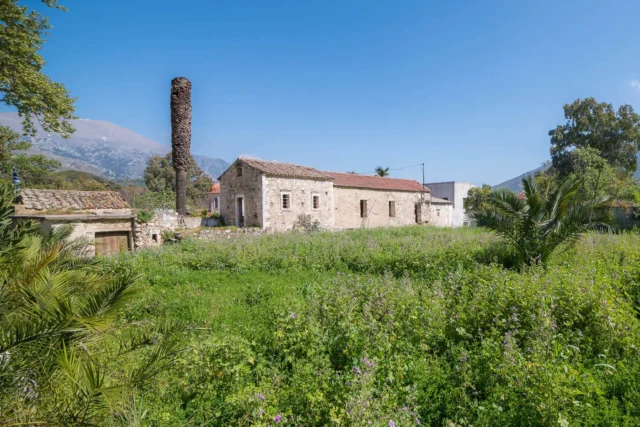
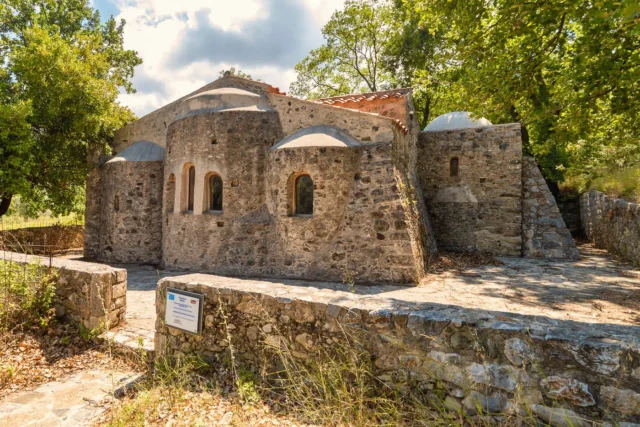

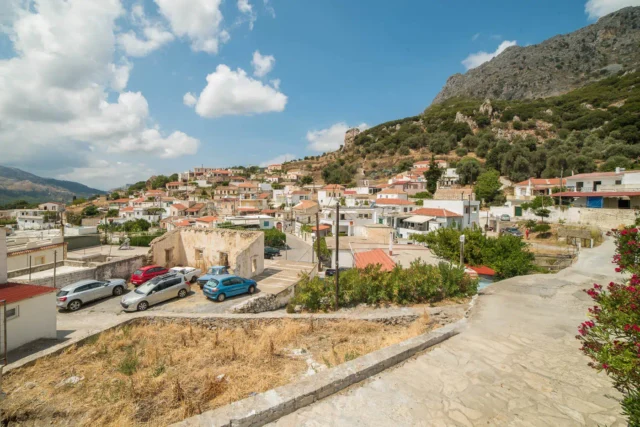
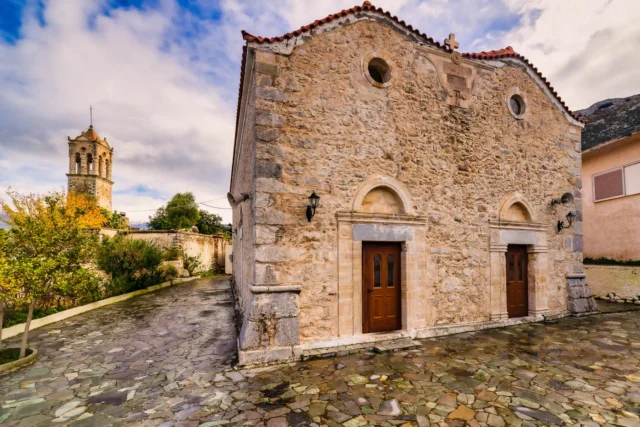


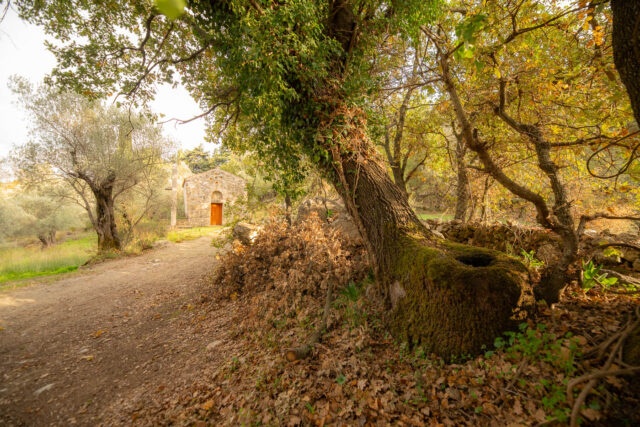
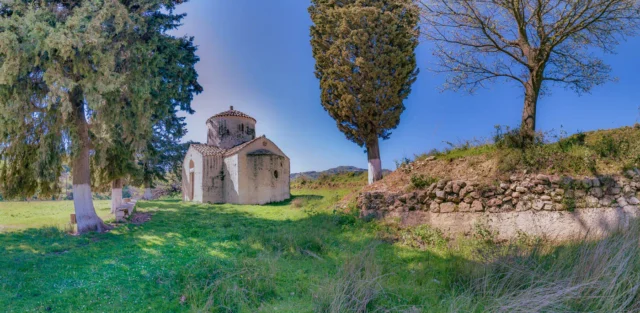


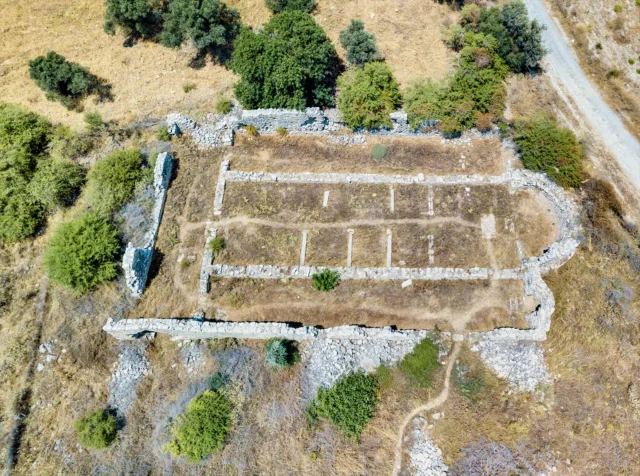
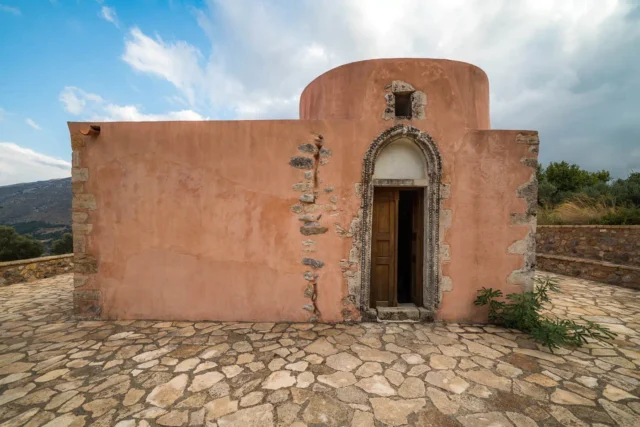
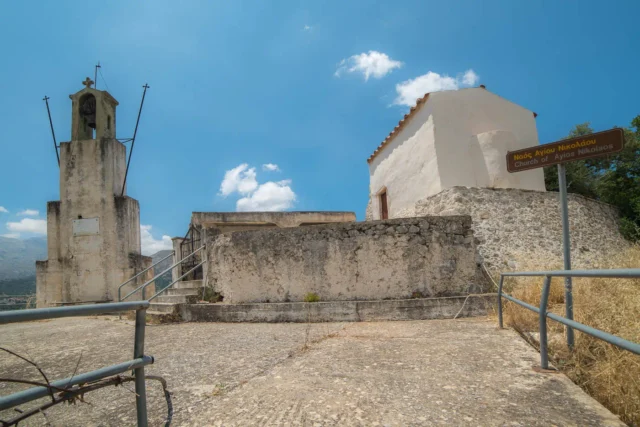

There are no comments yet.